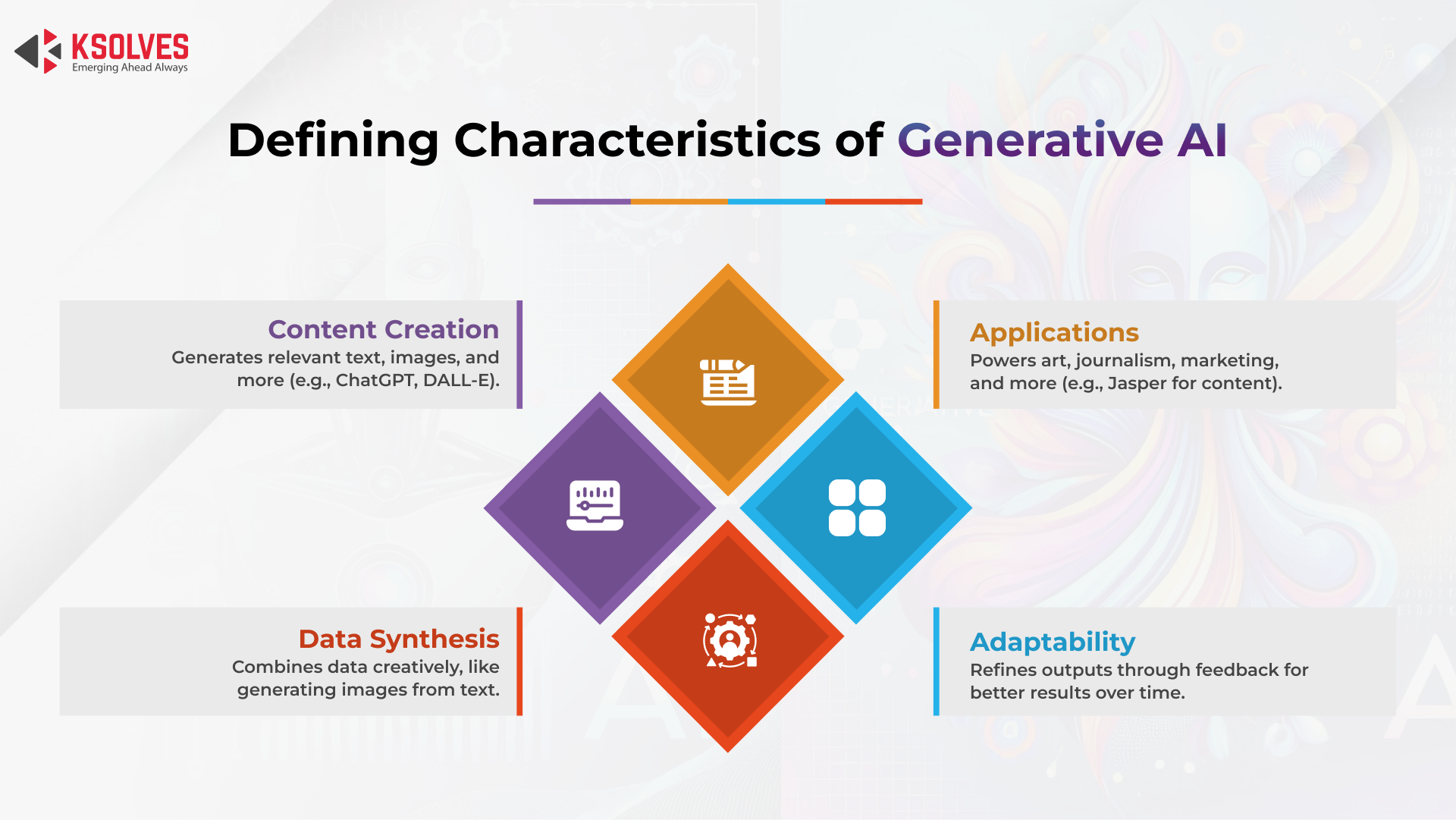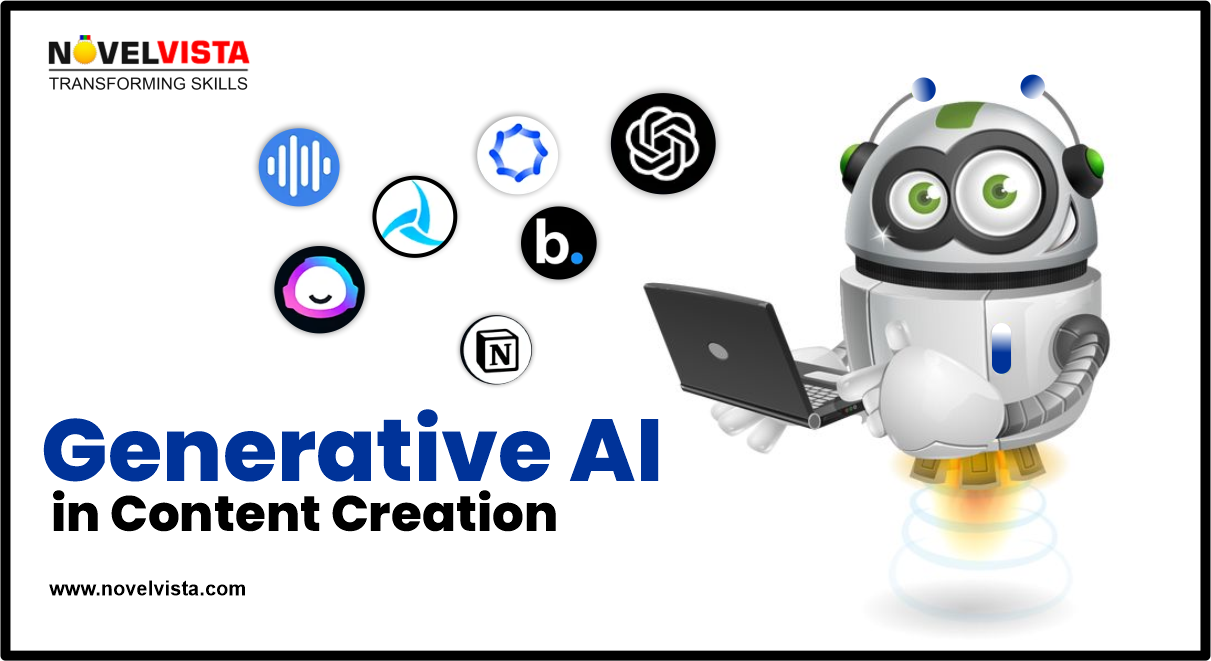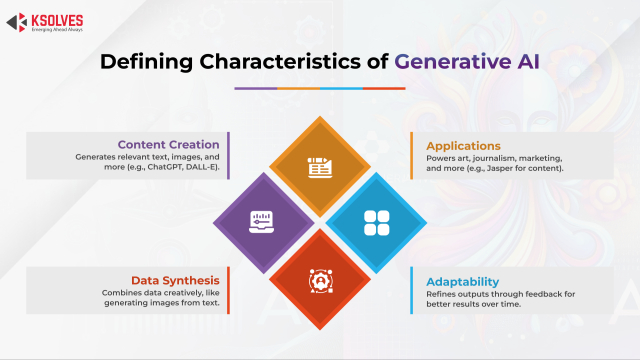Investigative journalism stands as a cornerstone of democracy, relentlessly pursuing truth, exposing injustice, and holding power accountable. For centuries, this arduous process has relied on human ingenuity, painstaking research, and the courage to challenge established narratives. Today, a new, powerful force is entering the arena: Generative Artificial Intelligence (AI). From sifting through mountains of data to drafting initial reports and even creating synthetic media, Generative AI promises to revolutionize the investigative landscape. However, this transformative potential comes hand-in-hand with profound ethical dilemmas, critical questions about data accuracy, and the imperative to redefine journalistic practices.
- Understanding Generative AI in the Journalistic Landscape
- The Transformative Potential for Investigative Journalism
- Data Analysis and Pattern Recognition at Scale
- Content Generation and Summarization for Efficiency
- Fact-Checking and Verification Augmentation
- Automated Research and Information Gathering
- Multimedia Content Creation for Enhanced Storytelling
- Ethical Considerations: The Double-Edged Sword
The integration of Generative AI into the newsroom is not merely an incremental upgrade; it represents a paradigm shift. It offers unprecedented tools for efficiency, scale, and insight, potentially empowering journalists to uncover stories that were previously unimaginable due to sheer complexity or volume of information. Yet, with this power comes the responsibility to navigate a minefield of potential pitfalls: algorithmic bias, the proliferation of deepfakes, challenges to source transparency, and the fundamental question of maintaining human oversight in an increasingly automated world. This comprehensive exploration delves into the multifaceted impact of Generative AI on investigative journalism, dissecting its capabilities, scrutinizing its ethical implications, establishing frameworks for data accuracy, and peering into the future innovations that will shape the next generation of truth-tellers. Understanding these dynamics is crucial for journalists, news organizations, and the public alike, as we collectively strive to harness AI’s power for good while safeguarding the integrity of information in the digital age.

Understanding Generative AI in the Journalistic Landscape
Generative AI refers to a class of artificial intelligence models capable of producing novel content, including text, images, audio, video, and code, based on patterns learned from vast datasets. Unlike traditional AI that primarily analyzes or categorizes existing information, generative models create something new. This capability is powered by advanced neural networks, particularly Large Language Models (LLMs) like GPT-4, which can understand context, generate coherent narratives, and even mimic human writing styles.

The Mechanics of Generative AI for Content Creation
At its core, Generative AI operates by identifying statistical relationships and patterns within its training data. For text generation, LLMs predict the most probable next word in a sequence, building sentences and paragraphs that are contextually relevant. Similarly, generative adversarial networks (GANs) and diffusion models create images and videos by learning to distinguish between real and synthetic content, then generating new content that is indistinguishable from real data.
Key Generative AI Technologies Relevant to Journalism:
- Large Language Models (LLMs): Essential for text generation, summarization, translation, and natural language understanding. Tools like ChatGPT, Bard, and custom-trained LLMs can draft articles, analyze documents, and even conduct simulated interviews.
- Generative Adversarial Networks (GANs): Primarily used for creating realistic images, videos, and audio. This technology enables the generation of synthetic faces, scenes, or even deepfake videos that can reconstruct events or create illustrative content.
- Diffusion Models: Another powerful class for image and video generation, often producing higher quality and more diverse outputs than GANs, exemplified by tools like DALL-E and Midjourney.
- Code Generation Models: Can assist in scripting data analysis tools, creating interactive visualizations, or automating repetitive coding tasks.
These technologies are rapidly evolving, offering journalists unprecedented capabilities to process information, generate content, and visualize complex data, thereby fundamentally altering the investigative workflow.

The Transformative Potential for Investigative Journalism
The sheer scale and speed at which Generative AI can process and synthesize information present a revolutionary opportunity for investigative journalists. It promises to augment human capabilities, allowing for deeper, faster, and more comprehensive investigations.

Data Analysis and Pattern Recognition at Scale
Investigative journalism often hinges on uncovering hidden patterns within massive, disparate datasets. Traditional methods are time-consuming and prone to human error. Generative AI can drastically accelerate this process.
- Sifting Through Public Records: AI can analyze millions of financial records, legal documents, government reports, and social media posts to identify anomalies, connections, and suspicious activities that would be impossible for human teams to spot manually. Think of AI sifting through the equivalent of the Panama Papers or Paradise Papers in mere hours.
- Identifying Networks and Relationships: By processing communication logs, corporate filings, and transaction data, AI can map out complex networks of individuals, companies, and organizations, revealing hidden beneficial ownerships or illicit financial flows.
- Trend Spotting and Anomaly Detection: Generative AI can be trained to recognize deviations from normal behavior in large datasets, flagging potential corruption, fraud, or systemic issues for human review.
Key Takeaway: Generative AI transforms data overload into actionable intelligence, allowing journalists to focus on interpretation and storytelling rather than manual data sifting.

Content Generation and Summarization for Efficiency
Beyond analysis, Generative AI can assist in the preliminary stages of content creation, freeing up journalists for higher-level tasks.
- Drafting Initial Reports: Based on verified data and established facts, AI can generate first drafts of explanatory text, background sections, or even outlines for investigative pieces. This can significantly cut down on the time spent on routine writing.
- Summarizing Complex Documents: Legal jargon, scientific papers, or lengthy policy documents can be quickly summarized by AI, extracting key points and critical information for journalists. This is invaluable when dealing with voluminous evidence.
- Transcribing and Analyzing Interviews: AI can accurately transcribe audio and video, then analyze the text for recurring themes, inconsistencies, or emotionally charged language, providing a structured overview of interview content.
Internal Link Suggestion: Explore how Data Journalism Tools are revolutionizing reporting.
Fact-Checking and Verification Augmentation
While not a replacement for human verification, AI can serve as a powerful assistant in the fact-checking process.
- Cross-Referencing Information: AI can rapidly search vast databases and the internet to cross-reference claims, statistics, and statements against multiple credible sources, flagging discrepancies.
- Identifying Inconsistencies: By comparing different accounts or documents, AI can highlight contradictory information, guiding journalists to areas requiring deeper scrutiny.
- Source Validation (Limited): AI can help analyze the credibility of a source by checking its publication history, known biases, and factual accuracy in past reports. However, human judgment remains paramount for nuanced source evaluation.
Automated Research and Information Gathering
The initial stages of an investigation often involve extensive background research. Generative AI can streamline this significantly.
- Rapid Information Retrieval: Journalists can query AI models to quickly find relevant articles, academic papers, legal precedents, or historical context related to their investigation.
- Language Translation and Analysis: AI can translate documents and communications across languages, broadening the scope of international investigations without requiring human translators for initial triage.
- Monitoring Public Discourse: AI can monitor social media, forums, and news outlets for specific keywords, trends, or emerging stories, helping journalists identify potential leads.
Multimedia Content Creation for Enhanced Storytelling
Generative AI isn’t limited to text; it can also create compelling visual and audio elements.
- Visualizing Data: AI can generate charts, graphs, and interactive dashboards from complex datasets, making investigative findings more accessible and impactful for audiences.
- Creating Explanatory Graphics: From illustrating complex processes to reconstructing crime scenes based on verified data, AI can produce illustrative visuals that enhance understanding.
- Synthetic Media for Reconstruction: In highly controlled and ethically transparent scenarios, AI could potentially reconstruct events (e.g., a traffic accident based on police reports and witness statements) to aid in storytelling, explicitly labeling such content as AI-generated simulation.
Ethical Considerations: The Double-Edged Sword
The immense power of Generative AI brings with it equally immense ethical responsibilities. For investigative journalism, where trust and credibility are paramount, these considerations are not merely theoretical but central to the integrity of the profession.
Bias and Discrimination in AI Outputs
Generative AI models learn from the data they are trained on. If this data reflects societal biases, historical prejudices, or incomplete information, the AI will perpetuate and even amplify these biases in its outputs.
- Algorithmic Bias: AI might inadvertently produce content that discriminates against certain demographic groups, misrepresents communities, or reinforces harmful stereotypes if its training data is skewed.
- Reinforcing Existing Narratives: If AI is trained predominantly on mainstream news, it might struggle to identify or prioritize stories that challenge dominant narratives, potentially silencing marginalized voices or overlooking systemic issues.
- Data Voids: AI might “hallucinate” information to fill gaps in its knowledge, or worse, ignore crucial context simply because it wasn’t adequately represented in its training data, leading to incomplete or misleading investigative threads.
Transparency and Attribution: Knowing When AI is Used
A core tenet of journalism is transparency about sources and methods. The opaque nature of some AI models challenges this principle.
- Disclosure Requirements: News organizations must establish clear guidelines for when and how AI’s involvement in an investigation or content creation is disclosed to the public. Is it simply a research aid, or did it generate significant portions of text or visuals?
- Source Provenance: When AI summarizes or synthesizes information, tracing the original sources can become difficult. Journalists must ensure they can always verify the provenance of facts, regardless of AI’s role.
- Human Accountability: Who is ultimately responsible for errors or ethical breaches in AI-generated content? The journalist using the tool, the developer of the AI, or the organization publishing the content? Clear lines of accountability are essential.
*External Link Suggestion: Read the [Poynter Institute’s guidelines on AI in





